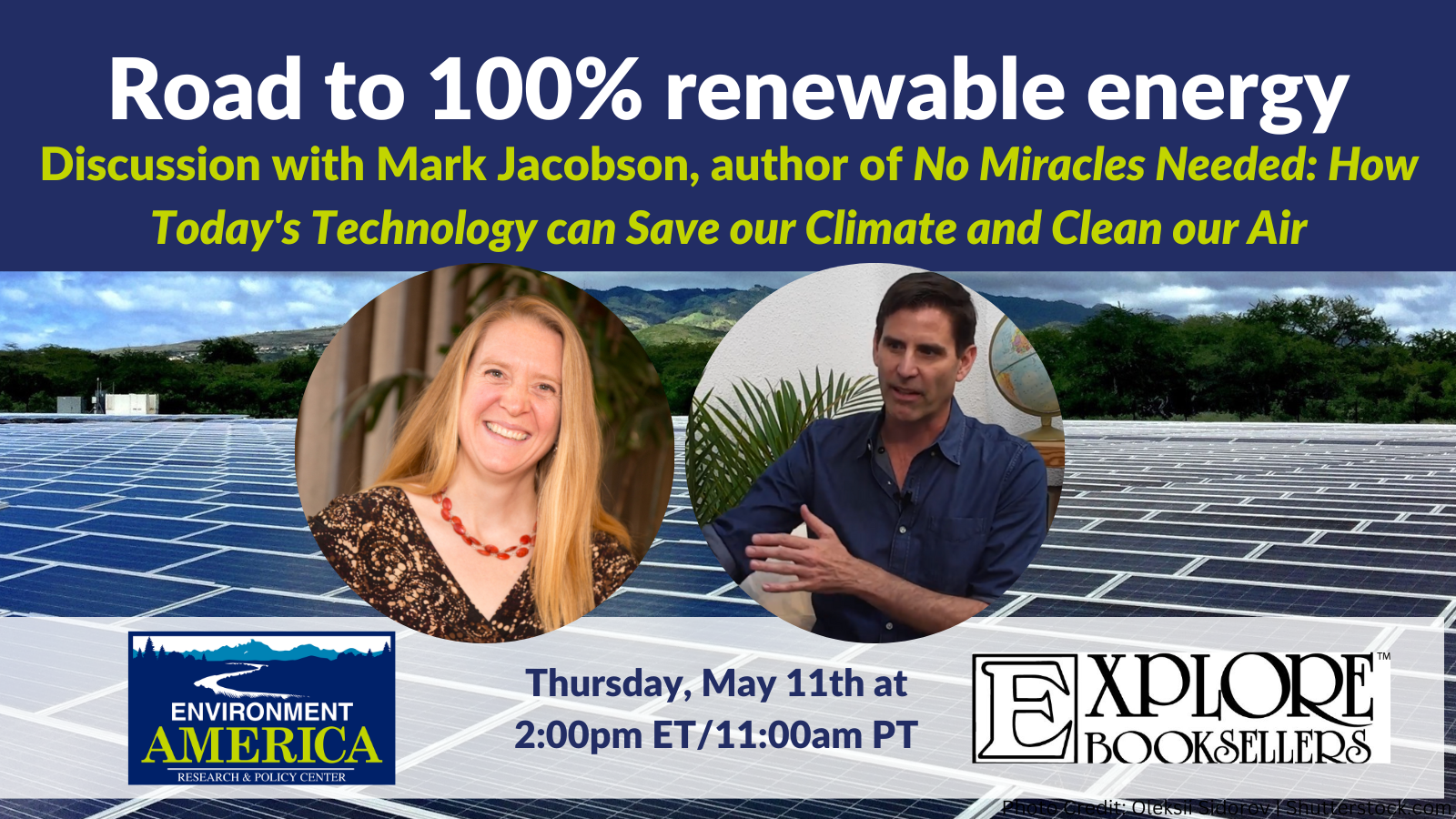From coast to cornfield: My path to becoming an environmentalist
Hannah Read, new Associate behind our Go Big on Offshore Wind campaign, describes the path that led her to starting a career in environmental advocacy with Environment America.
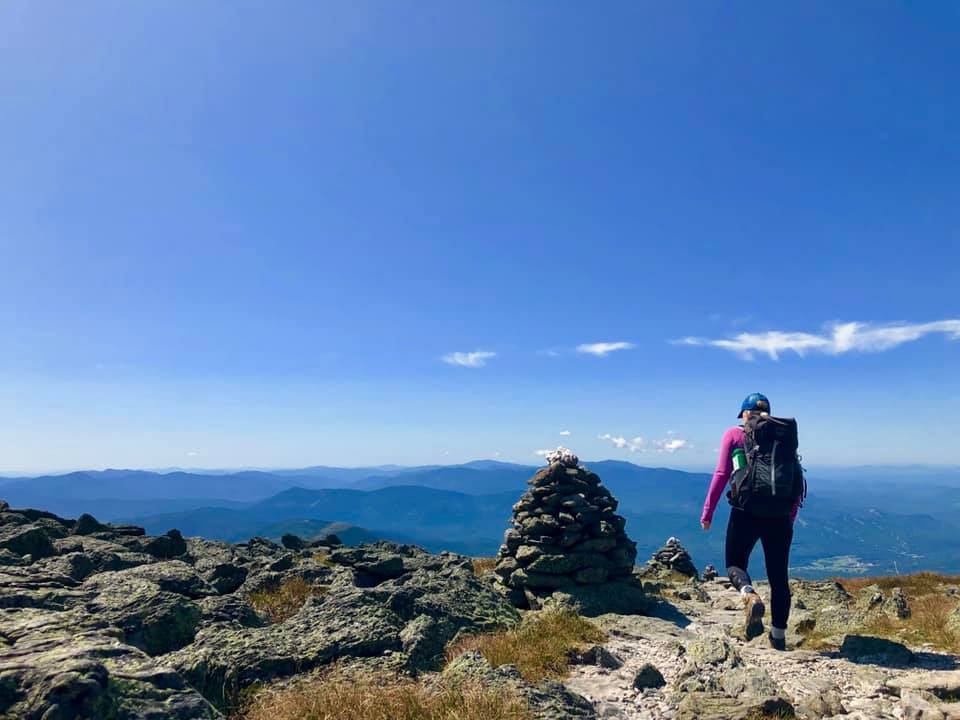
What do you want to be when you grow up?
This is perhaps the question that kids get asked the most, and the usual answer is a firefighter, doctor, actor, singer, baseball player or, maybe, pilot. Me? I wanted to be a veterinarian. Animals were my first love. I had a menagerie of guinea pigs, hamsters, parakeets and a dog as a kid, so I was certain that caring for these creatures was my calling. I even went to horseback riding camp, and begged my parents for a hedgehog or a chinchilla. Back then, I’m not sure the term “environmentalist” was even in my vocabulary — but it wouldn’t take long for that to change.
Growing up in Thoreau’s backyard
I grew up outside of Boston. In school the writings of Massachusetts natives Henry David Thoreau and Ralph Waldo Emerson were standard curriculum. Walden Pond, made famous by Thoreaus’ stay in the cabin on its shores, was just ten minutes away from my house. I spent autumns hiking among the brilliant foliage of the White Mountains and summers on the beaches and waters of Cape Cod. I enjoyed hours of snorkeling above the swaying beds of seaweed, wide-eyed and transfixed by the horseshoe crabs, oysters and fish I saw below. On the Cape’s salt marshes, great blue herons and egrets fishing with their long beaks were common sightings. I came to appreciate the tranquility of the natural world as it was, and I started to realize that protecting animals meant protecting the places they live. From those experiences, the environmentalist in me was born. I don’t know that I ever had a specific moment when I knew that was what I wanted to do in my career, but my commitment to environmental issues was deeply ingrained by the time I finished high school.
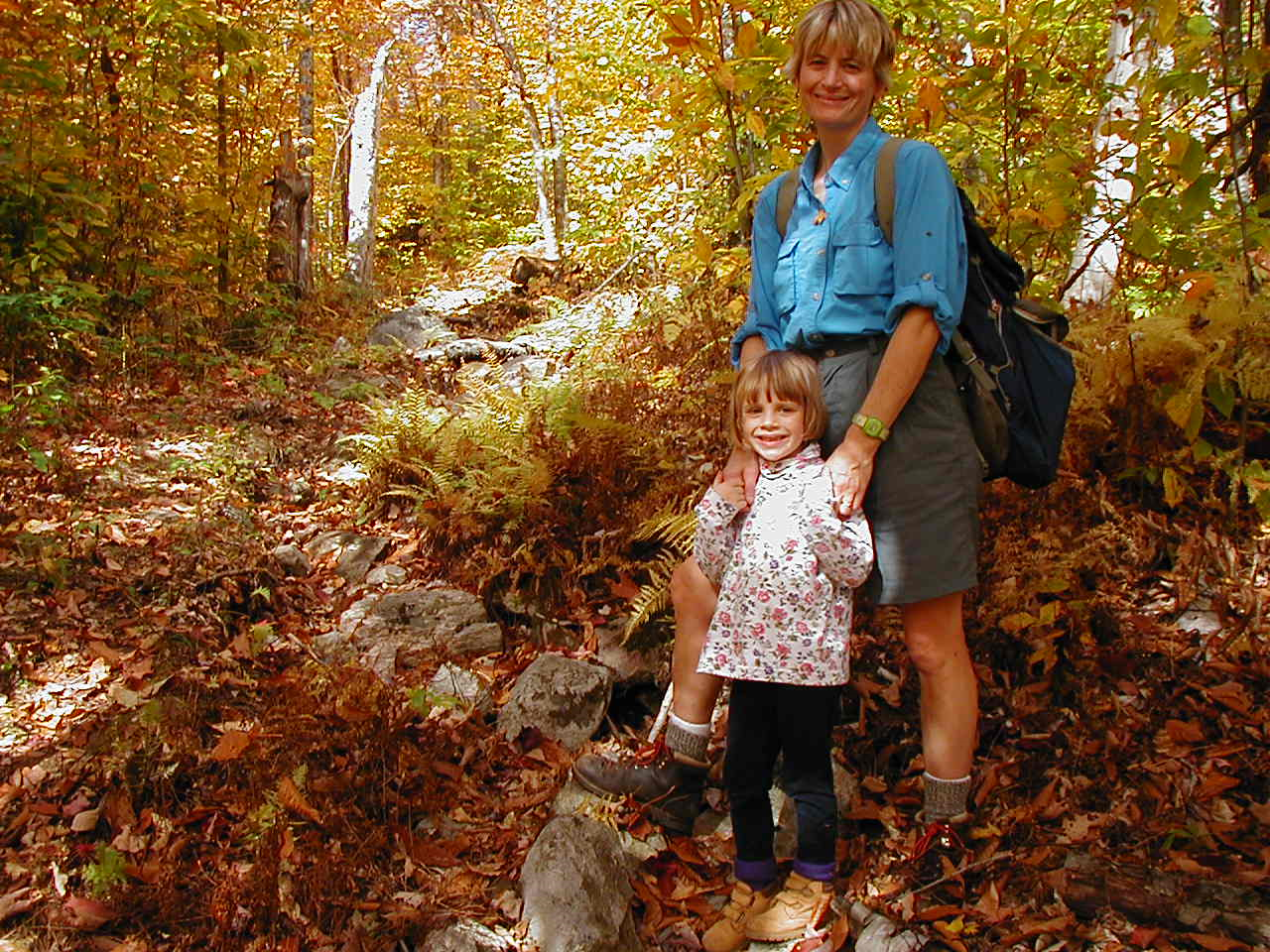
Environmental science in a cornfield
I had a purpose, but what I wasn’t so sure about was how or where I could contribute to a healthier environment. In general, I always assumed I would stay on the East Coast for college, picturing myself at a well-known liberal arts school like many of my high school peers. Maybe I’d spend my freshman fall at the Bowdoin College’s lobster bake in Maine or I’d end up studying on the grassy lawns of Vassar College in upstate New York. It seemed logical to me that these would be places where, immersed in similar environments to those I had grown up in, I would be best poised to start my environmental future. It just made sense.
So imagine my surprise when, in September 2016, I found myself in rural Minnesota at a college I had never heard of to begin my school search. Aside from the opportunity to play flute in top-notch ensembles, I felt deeply unsure that I could fulfill the expectations I had for myself at St. Olaf College. How could I study environmental science from the middle of a cornfield? I really didn’t know what being an environmentalist looked like back then, and I struggled so far from home in an unfamiliar place. The only option was to adapt and open myself up to the possibilities. Once I did, my path started to take shape.
My first glimpse into the politics of the environment
I spent my freshman year in an integrated environment and religion program; my sophomore year studying environmental science in New Zealand and Australia; and my junior and senior years completing a double major in both environmental studies and economics (something I never saw coming). That first year on campus was actually the biggest turning point. My freshman program classmates encouraged me to check out a group that was tabling for “Summer Jobs that Matter.” Eager to put my studies into action, I interviewed for a canvassing position with Environment Massachusetts and got the job.
During that summer, and then the next, I went door-to-door and had conversations with strangers about why we should ban fracked gas pipelines, transition to 100 percent renewable energy or ban styrofoam. The experience pushed me out of my comfort zone and offered me a glimpse into the energy of people power. I started to see how people power can spark real change on issues that matter, and I knew I wanted to pursue more opportunities in advocacy.
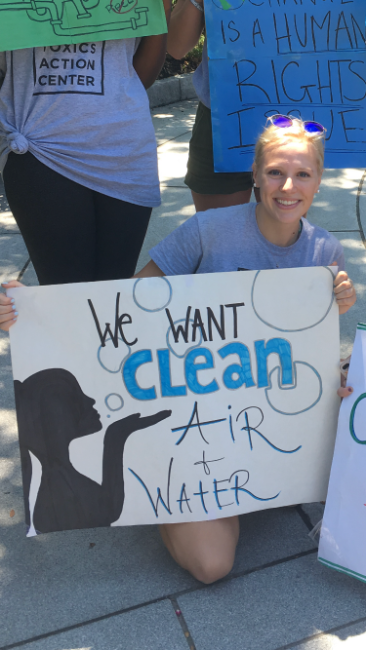
Where I am now
Later on, I went on to work with the Environmental League of Massachusetts as a campaign and advocacy fellow, and after (virtually) graduating from college in May, I wanted to continue making a difference for the environment through advocacy and organizing. With climate change front of mind, campaigning for a swift and complete transition to renewable energy felt like the best way I could do just that. That’s when a fellowship with Environment America appeared on my suggested jobs on LinkedIn. After reading the description I was hooked. I now spend my days working to expand state offshore wind commitments. For me, there’s no better way I can think of to honor the dreams of my younger self. No, I’m not a veterinarian, but I’m still working to protect animals by fighting global warming from the bird’s-eye view of a wind turbine. Offshore wind is blowing in the right direction for our planet, the animals that inhabit it, and society, and I’m excited to see where it takes me.
Topics
Authors
Hannah Read
Find Out More
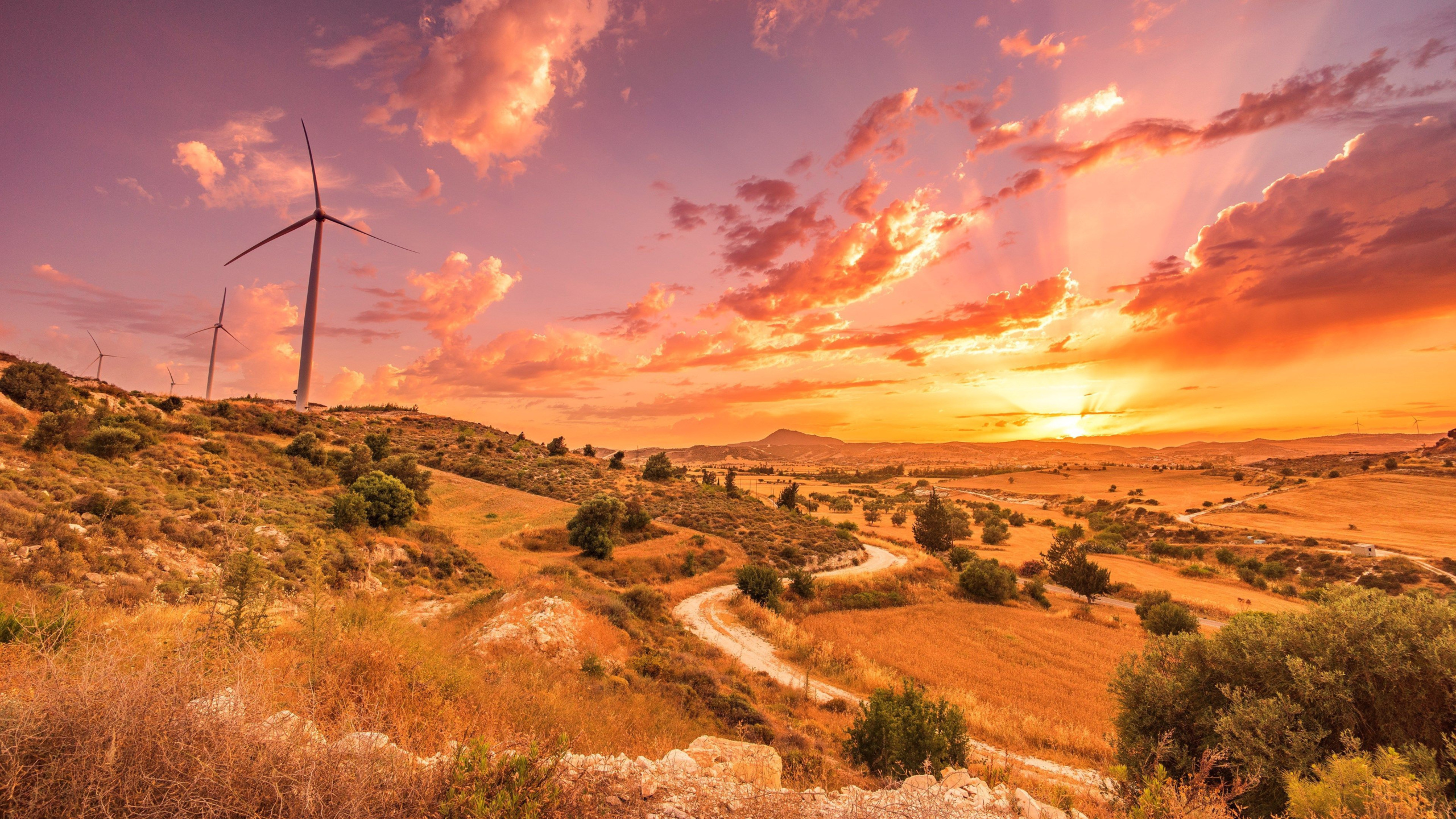
Renewable energy dodged a bullet in Texas Legislature

How the environment fared at the Texas Legislature (88th regular session)
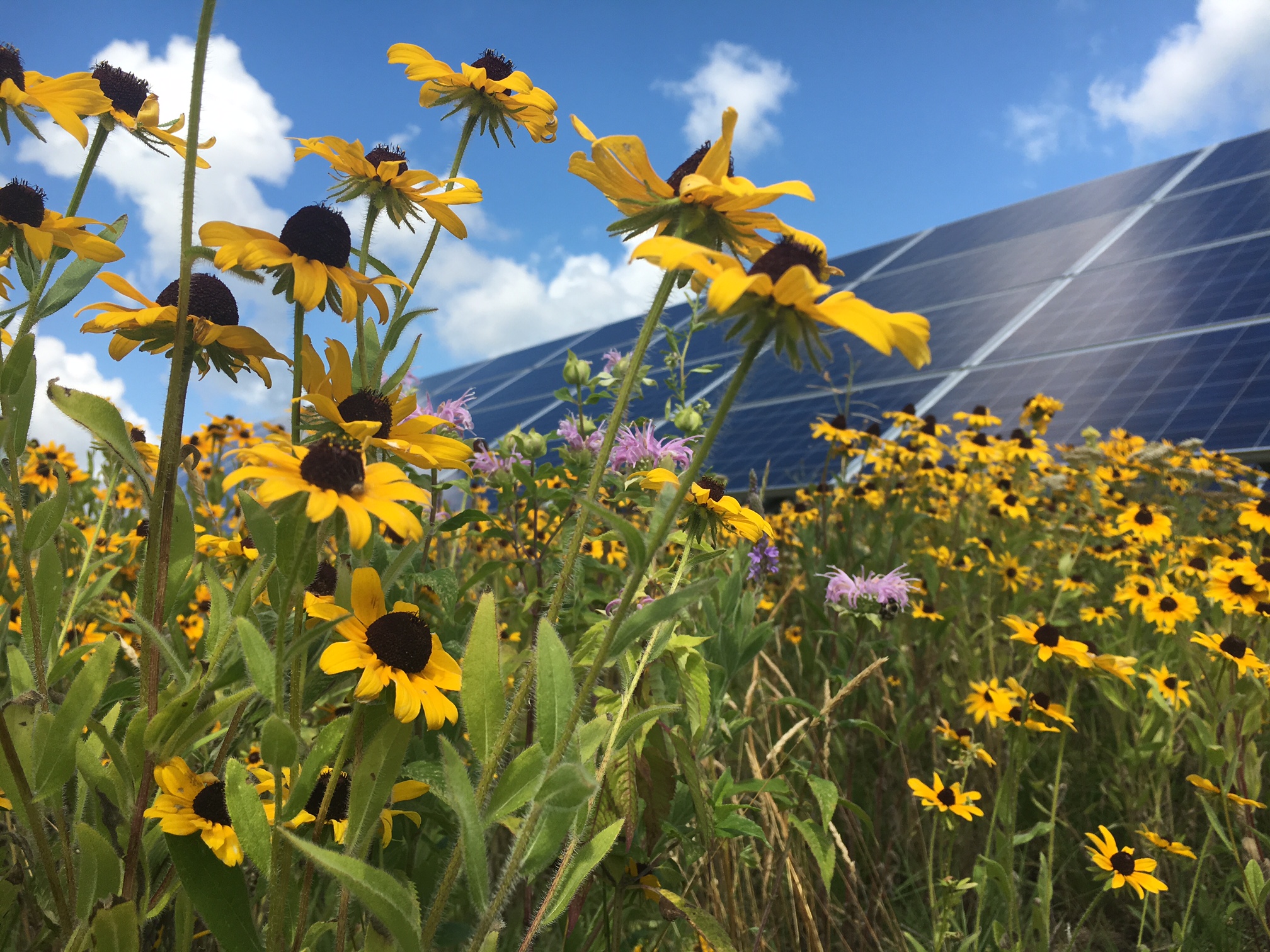
Proposed Texas permitting regime could shrink wind and solar development
